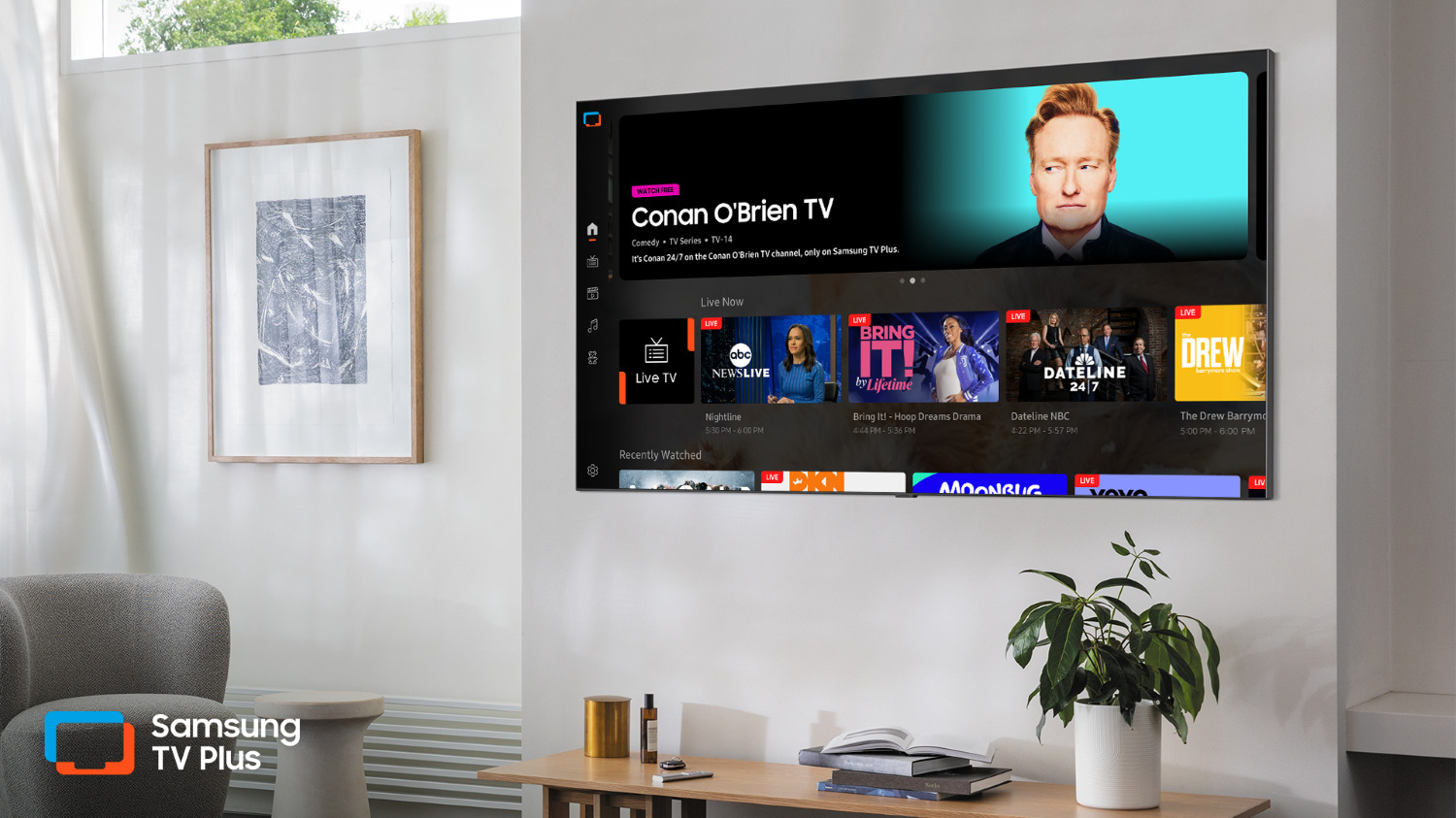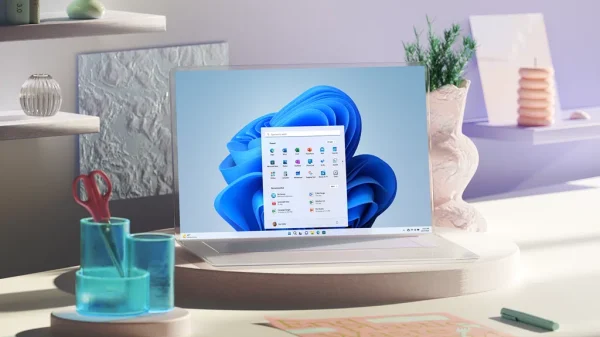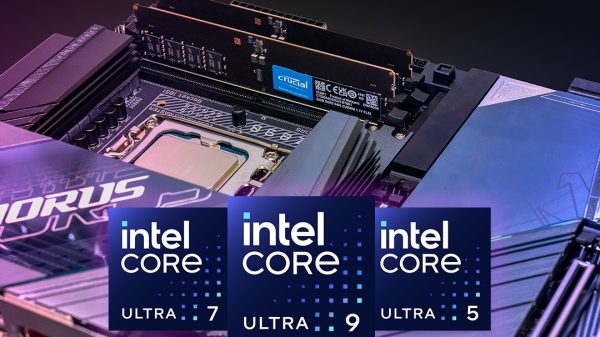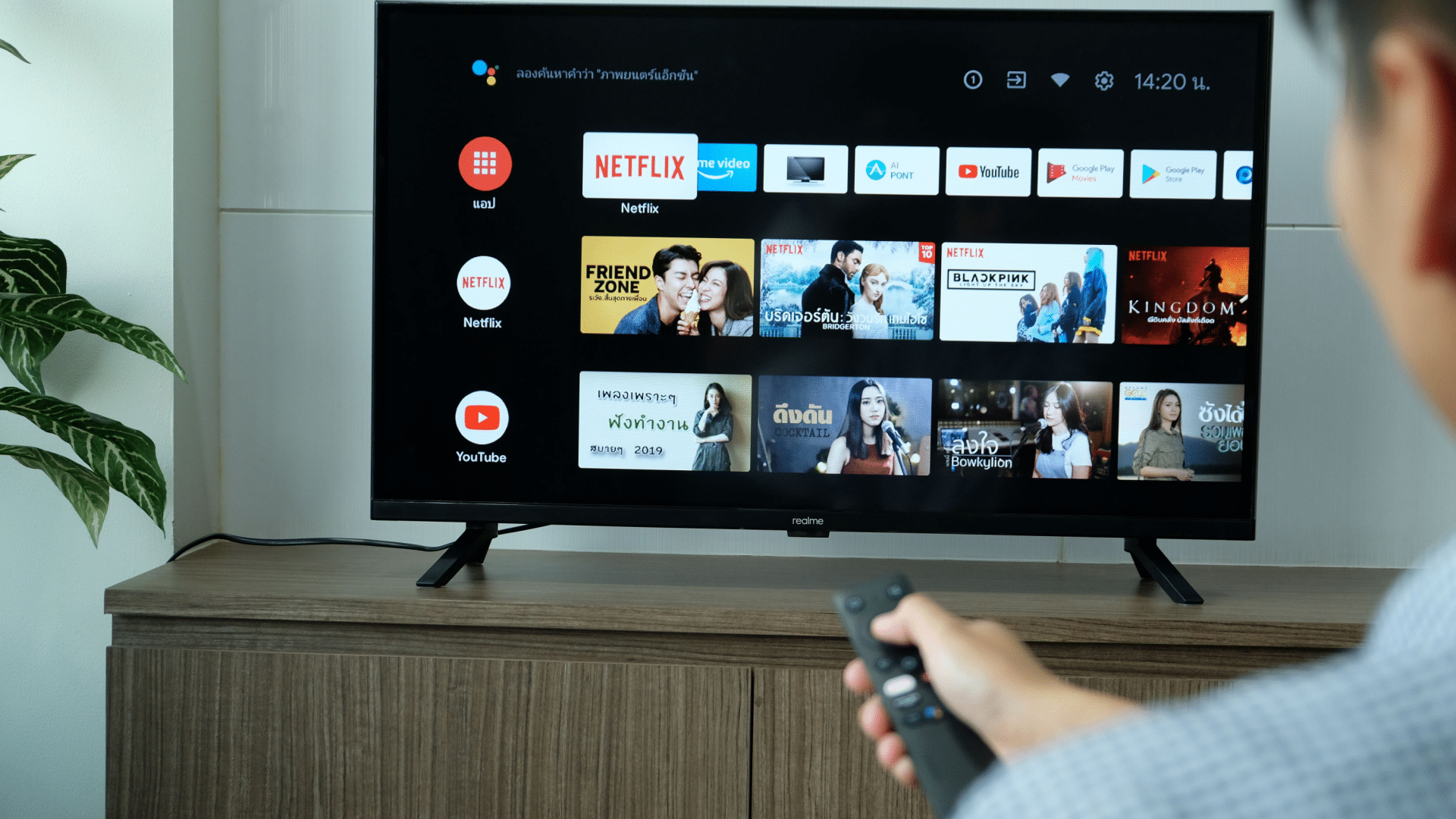Smart TV users are increasingly frustrated by the volume of ads and tracking on their devices. This frustration is exacerbated by streaming services pushing customers towards subscriptions that include commercials. The situation has reached a point where some people prefer using makeshift setups, such as a broken laptop connected to a TV, to avoid the intrusive nature of smart TV operating systems.
Earlier this month, Carl Riis, a software engineer, shared his DIY project for a Linux-based smart TV. Despite not being the most aesthetically pleasing or sophisticated solution, his project, dubbed “EarlGreyTV,” repurposes an old Lenovo laptop with a broken keyboard, attached to a TV by a string.
The laptop’s keyboard was damaged by a tea spill, and Riis has to manually short specific pins to turn it on and off, which also helps with heat dissipation.
Riis went beyond simply using the laptop as a streaming device. He configured it with Debian Linux and the Sway desktop environment, making the HDMI connection appear as an app.

Ad Fatigue Drives Smart TV Users to DIY Solutions for Ad-Free Viewing
Firefox is set to open in full-screen mode with shortcuts to streaming services and customized with a userChrome.css file for a TV-like appearance. This setup allows Riis to enjoy a streamlined viewing experience without the distractions and intrusions of a traditional smart TV interface.
Despite its imperfections, Riis’s setup meets his needs and offers an alternative to the ads and tracking prevalent in smart TV software. He uses a 55-inch Samsung smart TV bought on sale, acknowledging that a simpler display would have been preferable. He also added a USB-powered CEC adapter to synchronize the power functions of the TV and laptop, and found ways to incorporate iPhone casting.
Riis’s choice to use a compromised laptop over a standard smart TV OS highlights the extent of ad fatigue among users. Major TV OS operators like Roku, Vizio, Amazon, and LG prioritize their ad businesses, making it difficult to avoid advertisements. Riis’s project exemplifies the lengths to which some people will go to regain control over their viewing experience and avoid privacy intrusions, while also enjoying the flexibility of browser-based ad blockers and other customizations.








































